- Sing your heart out at a noraebang (karaoke room)
- Stay overnight at a 24-hour jimjilbang (spa)
- Stroll through the Cheonggaecheon river, an urban peaceful river that lies in the middle of the city
- Look at the night view of the city from the North Seoul Tower
- Take a cooking class and learn how to make the country’s most popular dish, kimchi (spicy fermented cabbage)
- Visit Gyeongbokgung Palace, the largest of the 5 Grand Palaces in the country.
- Find traditional crafts and gifts to take home from Insadong
- Eat street food from a market

Best Things to Do in Seoul
Icons & Hidden Gem Travel ExperiencesTop Seoul Experiences
Unlock Community Benefits
Travel better together
- Save favorite trips and itineraries
- Get insider insights
- Receive personalized recommendations
- ... and much more
Things to do in Seoul - Expert's guide
1. Gyeongbokgung Palace
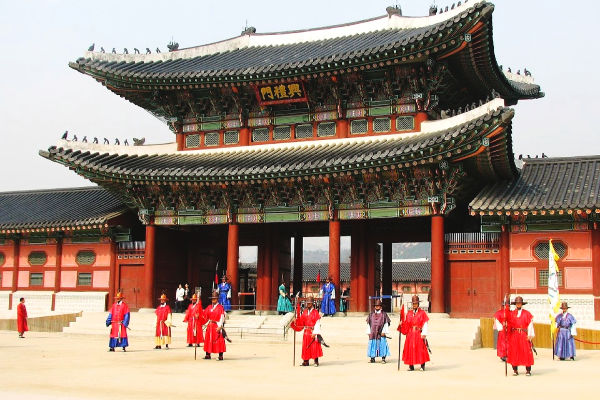
Dating back to the 14th century, Gyeongbokgung Palace is a long-standing landmark of the country. It is the largest of the 5 Grand Palaces of South Korea, and it sits smack in the middle of Seoul’s metropolitan city. Although it is the biggest palace, it is still worth checking out other the four others that were present during the Joseon dynasty.
2. North Seoul Tower
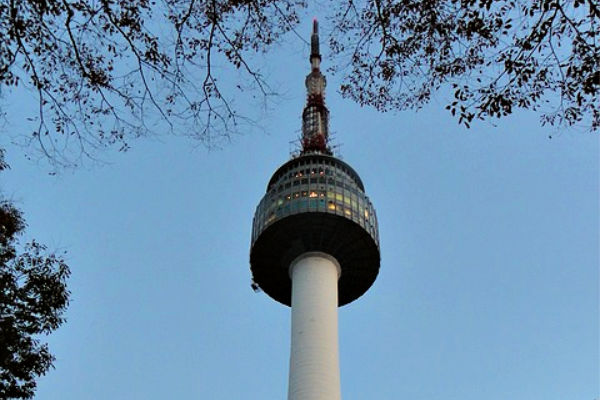
This structure may look similar to Seattle’s Space Needle, or Toronto’s CN Tower. It was the first tourist spot built in this city that’s an important landmark for Seoul. Take a scenic cable car ride up to the top, or challenge yourself to hike up to the top.
3. Insadong
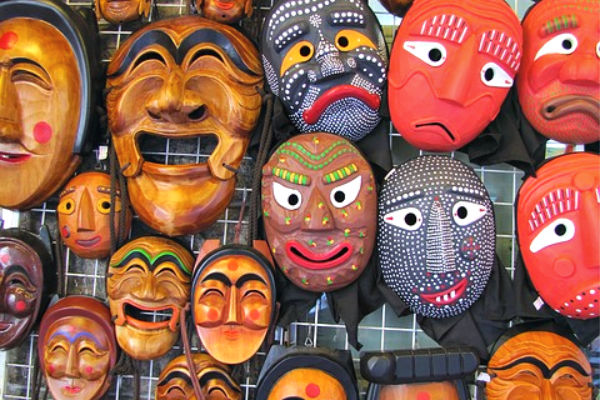
This long standing market has been selling traditional crafts and gifts since the Joseon dynasty, and it doesn’t plan on changing anytime soon. Find souvenirs to bring home such as traditional carved masks, utensils, tea, snacks, and jewelry. Meander through the building which turns out to be one heck of a maze. Fun fact - at the top, you can find the eccentric “Poop Cafe”, where you can eat your meals out of a bowl that looks like a toilet.
4. Cheonggyecheon River
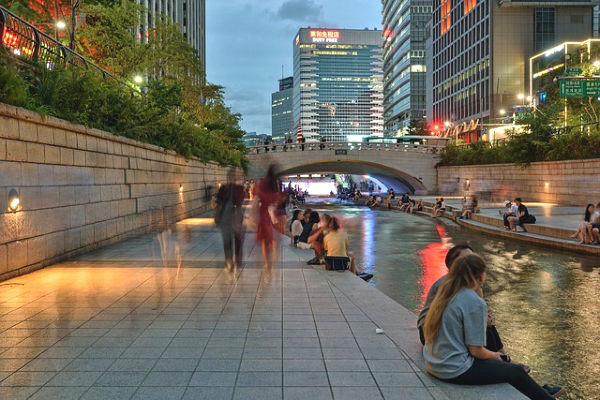
The urban, man-made river, cuts right through a busy part of the city from Sejong-ro Avenue. Featuring minimalist stonework, this river is a great spot to relax and quickly getaway from the noise of the city. The fountains, colorful light displays, and soft classical music create a peaceful atmosphere that makes you forget that you’re in the middle of a bustling city.
5. Gangnam
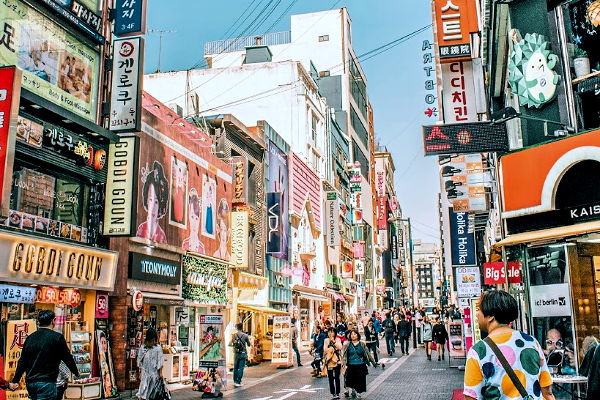
This city was made famous from the song “Oppa Gangnam Style” several years ago. If you’re lucky you might even find the large golden statue of the infamous dance move that’s situated somewhere in the city. Get ready to shop from the minute you leave the train and walk through the underground shopping tunnels, that seem to extend forever. When you make it to the street, you’ll continue to be bombarded with more clothing stores, along with bbq restaurants and arcades.
6. Han River
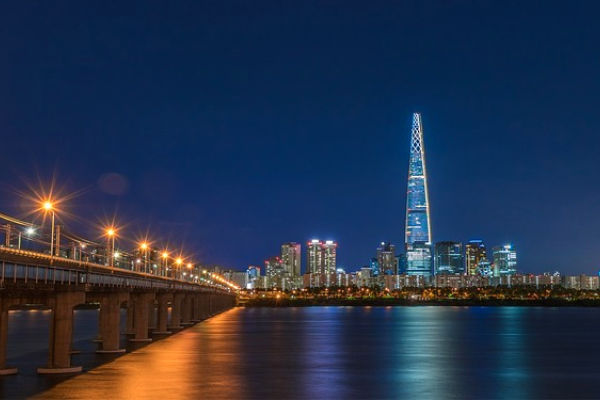
The river has been here for generations, through all the history that Korea had to survive. Today, it’s a great spot for relaxation and all sorts of land and water activities. You can find soccer, basketball, kayaking, and paddle boarding here.
7. Myeongdong
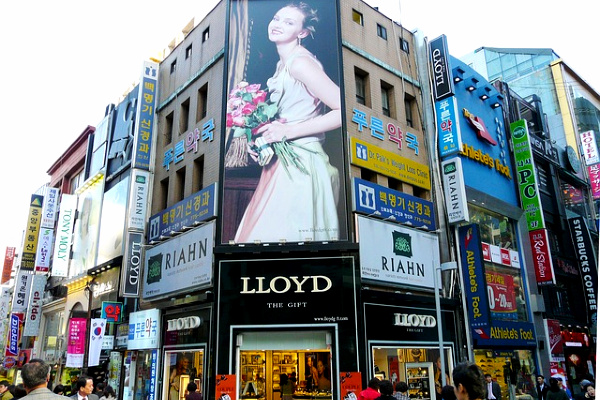
This district is one of the busiest and bustling streets of Seoul. With international travelers here any time of the year searching for their favorite Korean products, there will never be a crowd shortage here. The neighborhood also has the best array of street food that you can’t find in other places, all at low prices!
8. Itaewon
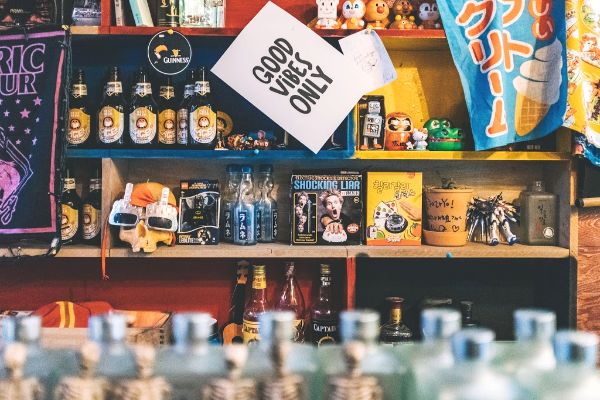
The international district of the city, where you’ll find more expats, foreigners, and English speakers than anywhere else. It’s popular with tourists and long-term foreigners alike, and you’ll notice there to be only a small amount of Korean actually spoken here. There’s all sorts of western food as well as other Asian cuisines to be found here. You can spend the day here eating, shopping, and partying. Like the stores, the crowd here is young, hip, and change quickly with the trends.
9. The Blue House
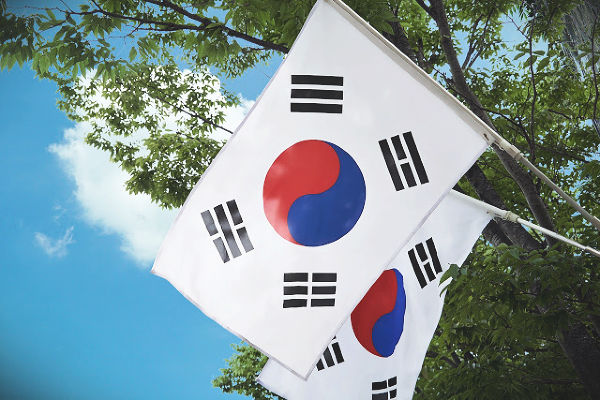
Created during the Joseon dynasty, the Blue House is where the President Residence, State Reception House, Press Hall, and Secretariat Buildings lie. The architecture of the buildings remain traditional, although modern styles are incorporated into them. Walk around the buildings for a peaceful and relaxing afternoon, and learn about the history from a Seoul tour guide.
10. Bukchon Hanok Village
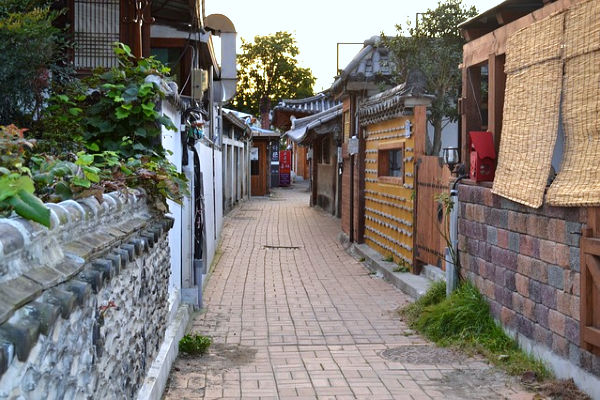
A traditional house neighborhood with many hidden alleyways, cement walls, and tiled roofs that will make you feel as though you’ve transported back in time. Spend an afternoon wandering around here and see how Koreans lived hundreds of years ago. Be sure to stay quiet because locals still reside in these houses.
Want a tailor-made trip instead?
Your trip, your way, planned by an expert:
- You choose budget, destinations, activities, transport & lodging type
- Expert designs the itinerary for you, and once approved, takes care of logistics
Robert
Sep 2019
This is a wonderful trip
This is a wonderful trip that provides an excellent opportunity to experience the sights, the culture, the unique history and the food of two very colorful and fasci...
Cynthia
Sep 2019
Great trip
Great trip, liked having both countries on the itinerary. Korea was unexpectedly wonderful and PAM KIM, GROUP LEADER WAS OUTSTANDING! Japan started off poorly with G...
Sai
Jun 2019
Left us wanting more
We both enjoyed this tour immensely. We liked both tour directors, James in Korea and Emiko in Japan. Both were knowledgable, informative, congenial and hard-working...
Carl
Jun 2019
Energized by our guides!
Wow, we had vivacious guides with a great sense of humor that inspired us throughout our Korean and Japanese trips. They offered us so many optional opportunities th...
Sylvia
Jun 2019
Loved Japan- the sites, experiences
Loved Japan- the sites, experiences and most of all the ver...
Practicalities & Logistics














